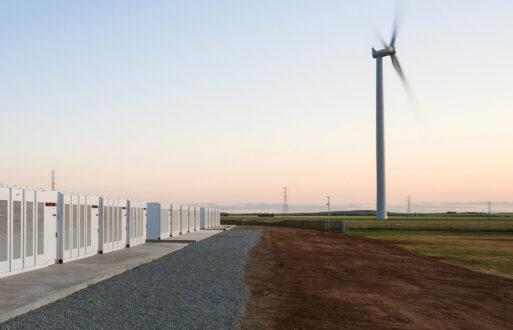At the recent ISO-New England (ISO-NE) Markets Committee Meeting (Nov 7-8, 2018), ISO staff presented conceptual approaches and stakeholder concepts for developing a market-based solution to improve energy security in the region. Per FERC’s order in EL18-182-000, the ISO must develop and file improvements to its market design to better address regional fuel security by July 1, 2019. Design for this long-term approach will not be filed before retirement bids are due for FCA 14 (March 2019). Hence, the ISO is proposing an interim compensation treatment (in place for FCA’s 14 and 15) to prevent uneconomic retirement bids from resources that may be critical to winter energy security. Interim compensation treatment seeks to satisfy four specific objectives:
Objective A
Similar compensation for similar service;
Objective B
Deterrence when an otherwise economic resource might be retired because it is not fully compensated for its winter energy security attributes in the wholesale market;
Objective C
Implementation of a simple, transparent plan in time for the roll-out of FCA 14 (2023-2024);
Objective D
Compliance with standard market design principles. This includes a clear definition of the product, as well as the incentives for participant actions that enhance system reliability (etc.)
Design Overview
ISO-NE specifies administrative forward and spot rates to be paid to resources having inventoried energy during tight winter conditions (using defined trigger conditions). Five key elements make up this payment framework:
- Trigger conditions will represent winter periods where the system is expected to be tight and inventoried energy is, therefore, more likely to improve system reliability;
- Energy inventory eligible for compensation (defined as the amount of inventoried, usable energy that can be converted into electric energy at the ISO’s request);
- Spot compensation rate during trigger conditions;
- Forward rate and spot rate should be calculated such that a resource with inventoried energy would generally expect the same revenues from selling forward or spot (though actual revenues may differ)
- Forward compensation rate for forward sales;
- The forward payment rate was posted approximately 4.5 years before the delivery period
- Two-settlement rule and payments;
- In real-time, spot settlement will compensate resources for their energy inventory when trigger conditions occur;
- This spot settlement is in addition to any energy or reserve market revenues that the resource may receive for providing energy/reserves during trigger conditions;
- Spot settlement occurs against the forward position, which is consistent with the standard market design,
The ISO’s proposed interim treatment introduces a two-settlement structure for inventoried energy, which will help the region meet its winter security objectives in the short term and serve as a bridge to the new market-based approach for meeting long-term objectives.
Next Steps
ISO-NE’s ultimate goal is to have a final proposal filed with FERC before the close of the FCA 14 retirement window (March 22, 2019). A detailed proposal that incorporates feedback from stakeholders will be submitted in the next couple of months, and stakeholders will be voting on a final proposal in February 2019.
PCI’s Role
PCI will be in attendance at a number of upcoming ISO-NE meetings as stakeholders discuss different principles and designs in an effort to finalize the interim treatment solution to handle regional winter energy security concerns. PCI constantly stays on top of changes in all markets so that we may provide value-added consulting and software to our clients. ISO-NE market participants should feel confident that PCI will greatly assist them in navigating the market’s evolution and that our GenManager (front-to-back office) platform will evolve with changes in ISO-NE.







